When it comes to cock-ups, mismanagement, and hoping for fair winds and following seas, Jaguar is right up there.
If you haven’t heard, the Jaguar part of JLR – Jaguar Land Rover – is in a pickle. Earlier this year, it stopped selling the XE and XF sedans as well the F-Type sports car. Now it’s pulled the plug on the I-Pace electric car, the E-Pace junior SUV, and its primary cash cow, the F-Pace SUV.

This means you now can’t buy a new Jaguar in the UK. And that means Jag dealers can’t sell you one. The last time this happened was when bombs were falling on factories, during World War II.
Yet for reasons best known to Jaguar executives, outside of the UK, some international markets – America among them – will continue to sell new Jaguars.
The bosses at JLR say the blueprint for success is simple if challenging: Reinvent Jaguar. Imagine a time when Jaguar will soar high above the likes of Audi, BMW, and Mercedes – which, let’s not forget, it once did – as a maker of more exclusive, and more expensive, motorcars. The new-age Jaguar will be electrified, luxurious, and limited in numbers. The hope is a Jaguar might supplant a Bentley or Porsche in the driveway, without stepping on the toes of JLR’s epic money-spinner, Range Rover.
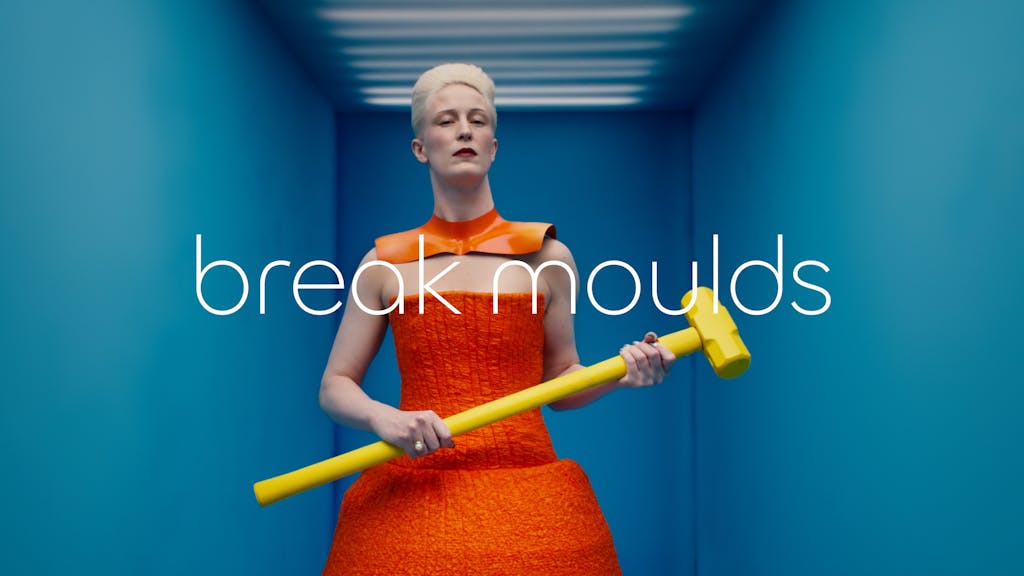
The first evidence of this reinvention has broken cover across Jaguar’s social media. The brand’s new slogan is “Copy Nothing,” which is ironic as the initial advertising campaign looks like something Benetton might have tried during the ’90s. The effort has been met by an astonishing outcry, as the Jaguar faithful question the decision to erase the past (quite literally, on social channels) and start with a clean sheet of paper. But how many of those commenters have actually bought a new Jaguar in the past decade?
The worry for onlookers and fans of the brand is that Jaguar has form when it comes to muddling through and getting away with things by the seat of the pants. From the 1940s through to the 1960s, Jaguar built a reputation that few could touch, drawing in passionate engineers and daring executives who shaped a golden era not only for the brand, but for people like us who cared about cars. With William Lyons at the helm, beginning in the mid-1930s Jaguar became known for upsetting the status quo, turning out cars that were prettier, faster, cheaper, and had more sex appeal than anything the establishment could muster.
There was the SS100, which hit 100mph, the “magic ton,” in 1936. Then the XK120, which wowed the crowds – and the rest of the world – at the 1948 Earls Court motor show. Three years later came the C-Type, which would go on to secure Jaguar its first victory at the 24 Hours of Le Mans 24, to be swiftly followed by the potent D-Type, which won Le Mans in 1955, ’56, and ’57. The end of that decade saw the launch of the car that, for many, is the most recognisable sedan of the time, the Mark II. And even before writer Piri Halasz coined the phrase “Swinging Sixties,” Jaguar had knocked out all of us with the E-Type.
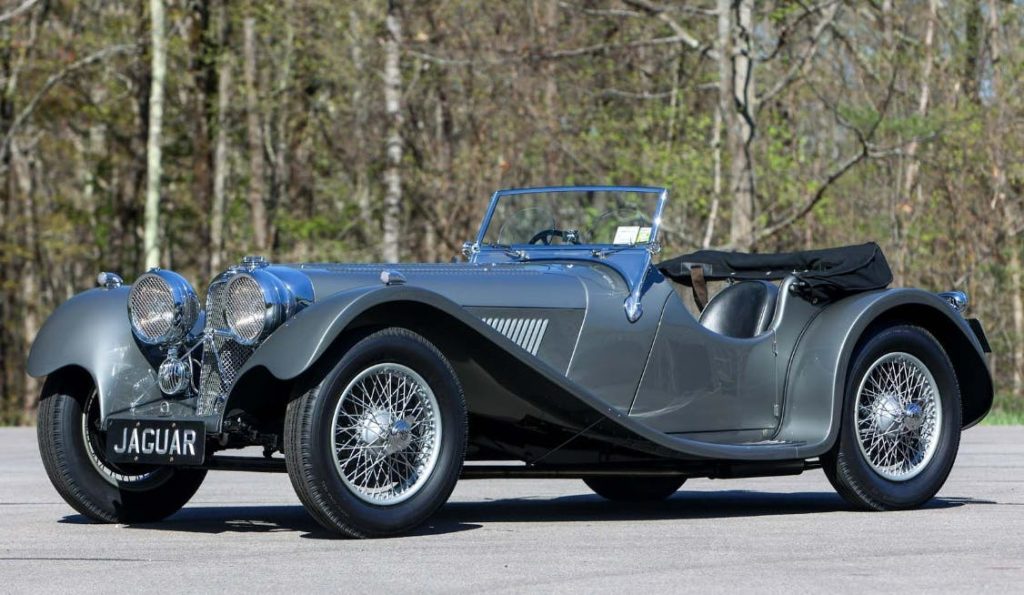
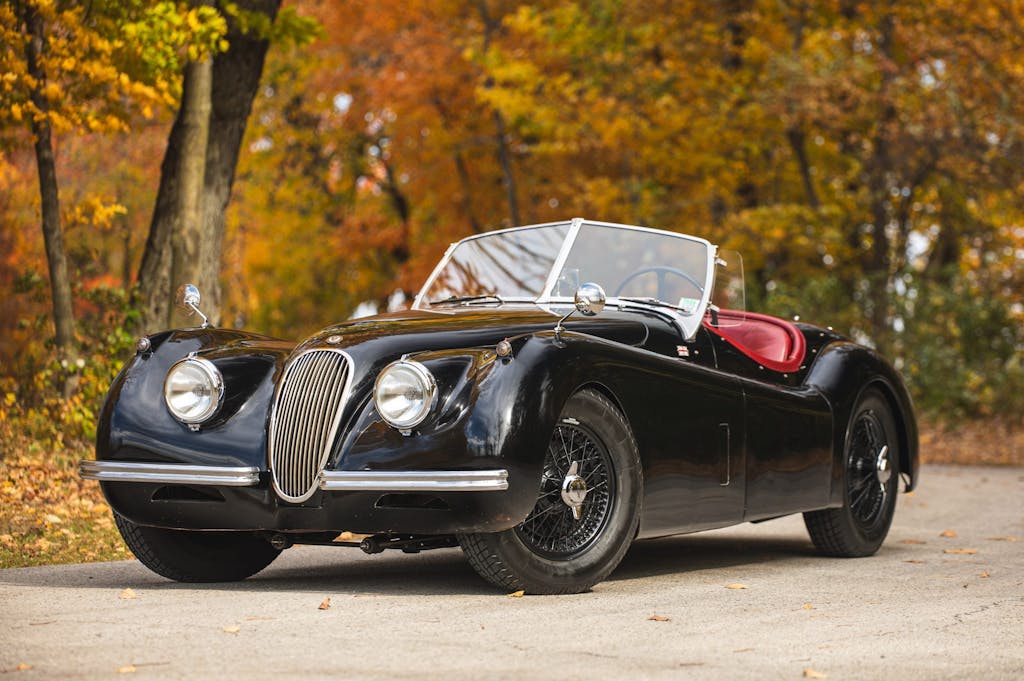
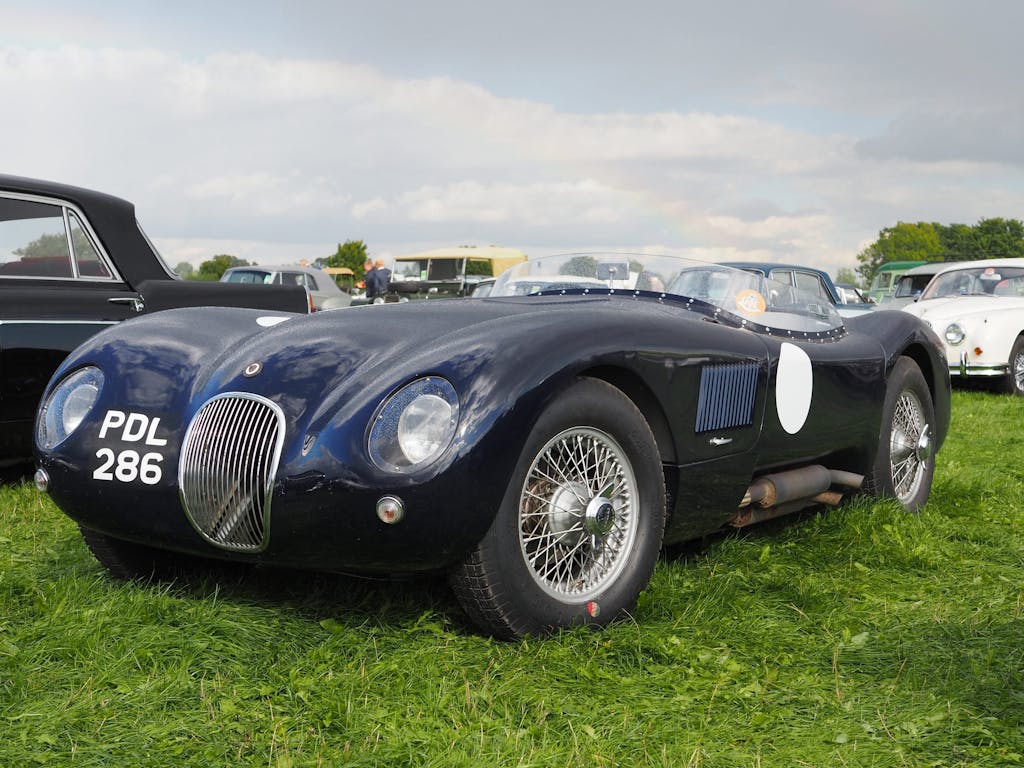
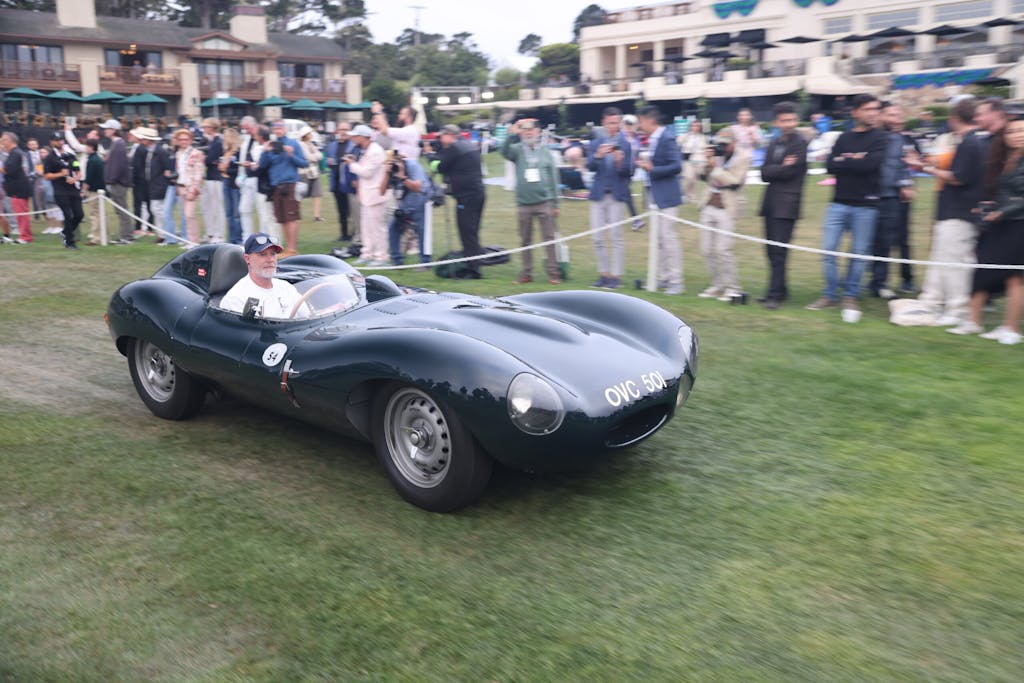
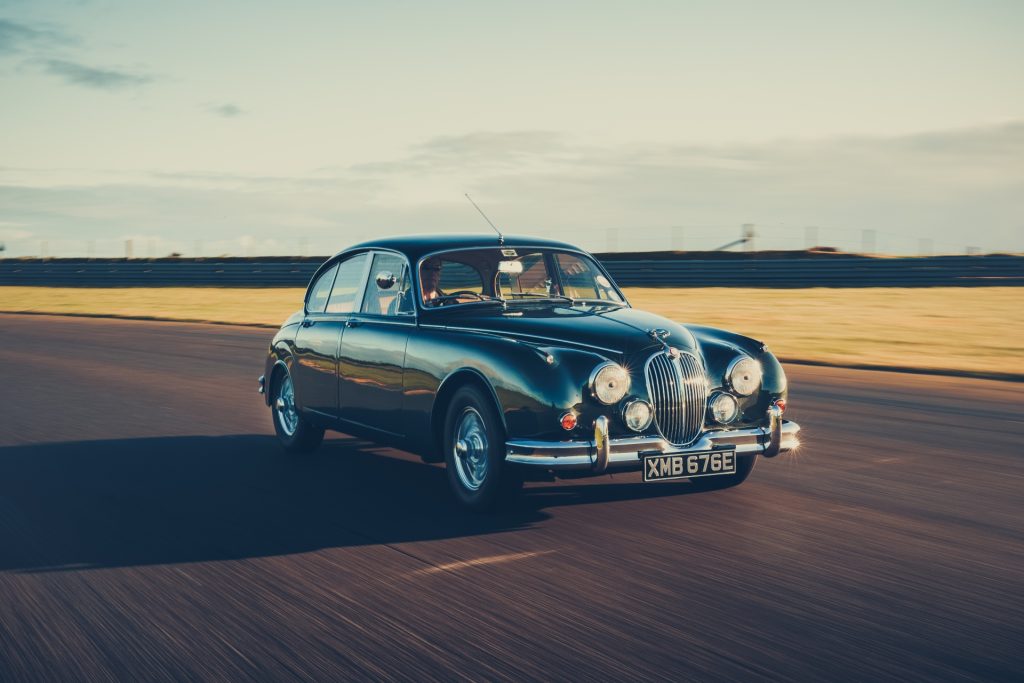

These cars broke new ground and in doing so set new standards for drivers. They would be followed in the late 1960s by the elegant XJ6 and, from 1975, the avant-garde XJ-S. Like it or loathe it, the XJ-S could only have come from a company that was confident in its values and what it stood for (just don’t mention the “R” word: reliability).
Compare that track record with more recent efforts. We all know how Jaguar managed to royally upset its wealthiest clients over the XJ 220 debacle, U-turning on a V12 engine and all-wheel drive for a twin-turbocharged six driving the rears only.
More recently, I remember testing one of the very first S-Types, in 1999, and being appalled at the poor quality of the cabin it shared with the Lincoln LS. Of course, there came quick reassurances from the PR people that it was a pre-production car and not representative of the finished thing that would be much improved. Unfortunately, it was and it wouldn’t be. A facelift was rushed through and into production by 2002.
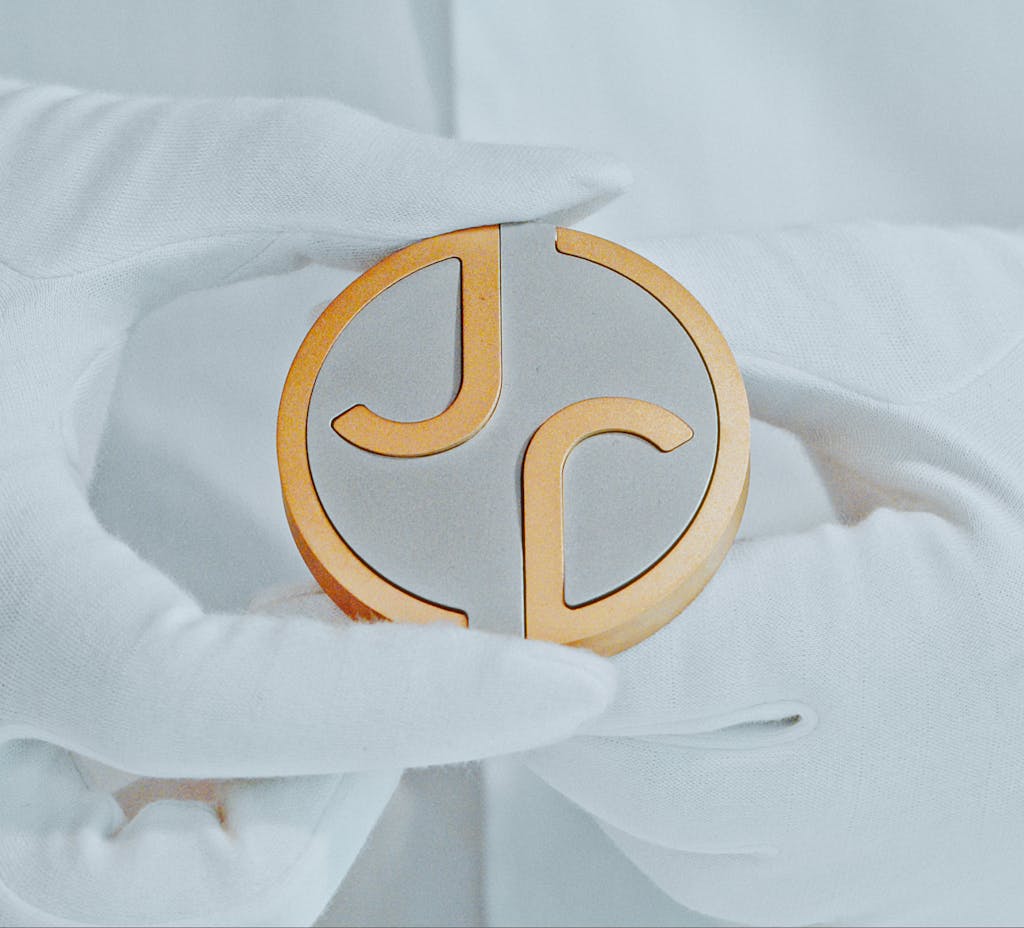
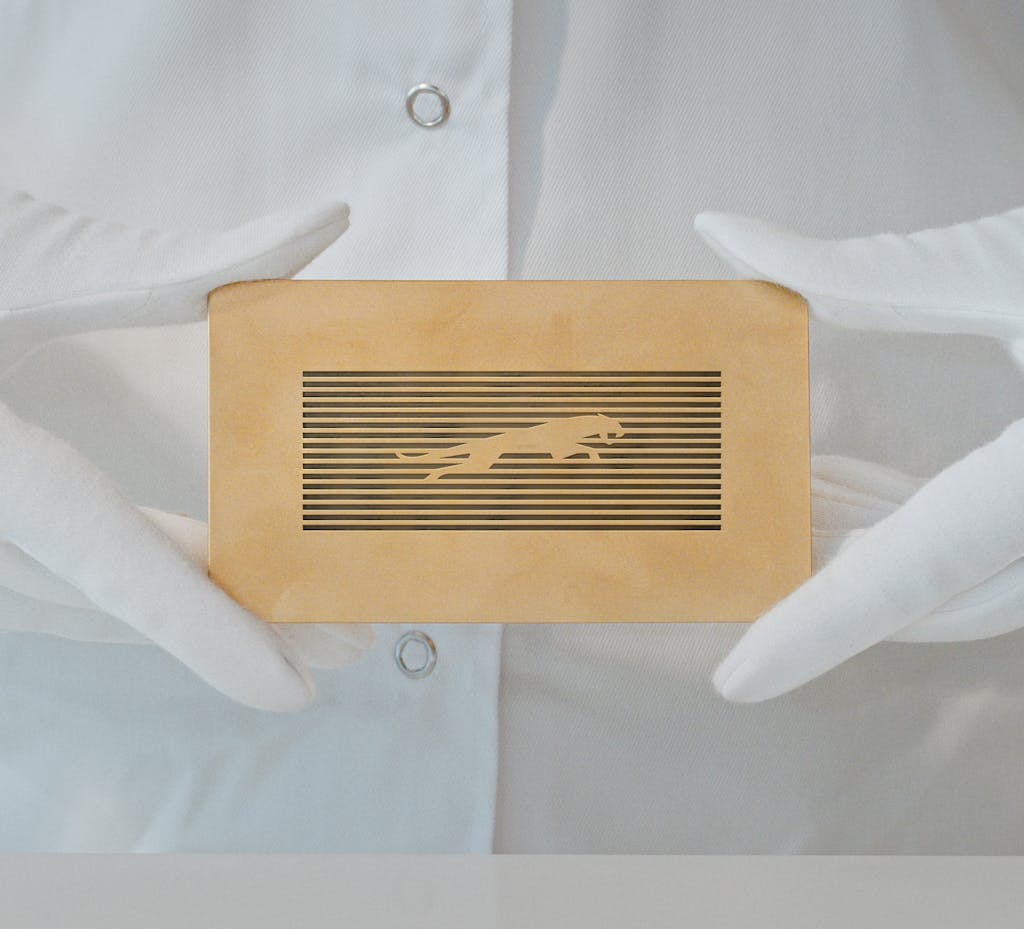

When the X-Type came out in 2001, its role was to help grow Jaguar’s volume. But it was hampered by awkwardly conservative design and the decision to only offer it with all-wheel drive and thirsty V6 petrol engines. Where were the front-wheel-drive, four-cylinder versions or diesel models that fleet buyers across Europe were buying up at the time? Jaguar executives are said to have become fixated on the large US market, to the detriment of everywhere else.
Then there was the time engineers embraced aluminium for the construction of the X350 XJ in the early 2000s. Its bodyshell was 40 per cent lighter and 50 per cent stiffer than the previous XJ, which is something worth showcasing with bold design. But management pushed for conservative cues, so to anyone not in the know – which, let’s face it, is the majority of the car-buying public – the new XJ looked like an old XJ. An Audi A8 or BMW 7 Series spoke of modernism and technology; the Jag simply said “old man’s motor.”
And as the world fell head-over-heels for remakes – think Ford Mustang and GT, Mini Cooper, Fiat 500, and Nissan 350Z – rightly or wrongly Jaguar couldn’t bring itself to revive the E-Type nameplate. Or find a way to create a production-feasible C-X75 supercar.
Jaguar’s one recent glimmer of first-mover advantage came with the all-electric I-Pace, which hit the road way back in 2018 as one of Europe’s first luxury electric SUVs to rival Tesla. However, the electric crossover was plagued by reliability issues and a failure to provide timely updates in the face of new competition. Now it’s dead.

The big roll of the dice, put in place by Thierry Bolloré in 2021, is to reposition Jaguar as a maker of all-electric luxury cars, using a new platform called JEA (Jaguar Electric Architecture). But hands up who’s been reading the recent reports from the likes of Aston Martin, Bentley, and Ferrari saying buyers in the luxury car sector have precious little appetite for all-electric cars. Forecasts are being revised, production plans walked back, profit warnings issued.
Bolloré went out the door after two years at the top of JLR. Draw your own conclusions. Now Jaguar has to pick up the pieces, and rumour has it the first car, said to be a four-seat super coupe (set to be previewed as a concept at Miami Art Week on 2 December) is having to be reconfigured to somehow accommodate hybrid running gear. Whether that is true or not, the fact remains that these are troubling times for a once-great brand.
If necessity is the mother of invention, but drivers of luxury cars aren’t buying electric cars, it’s going to take more than reinvention for Jaguar to survive. It’s going to take a miracle.


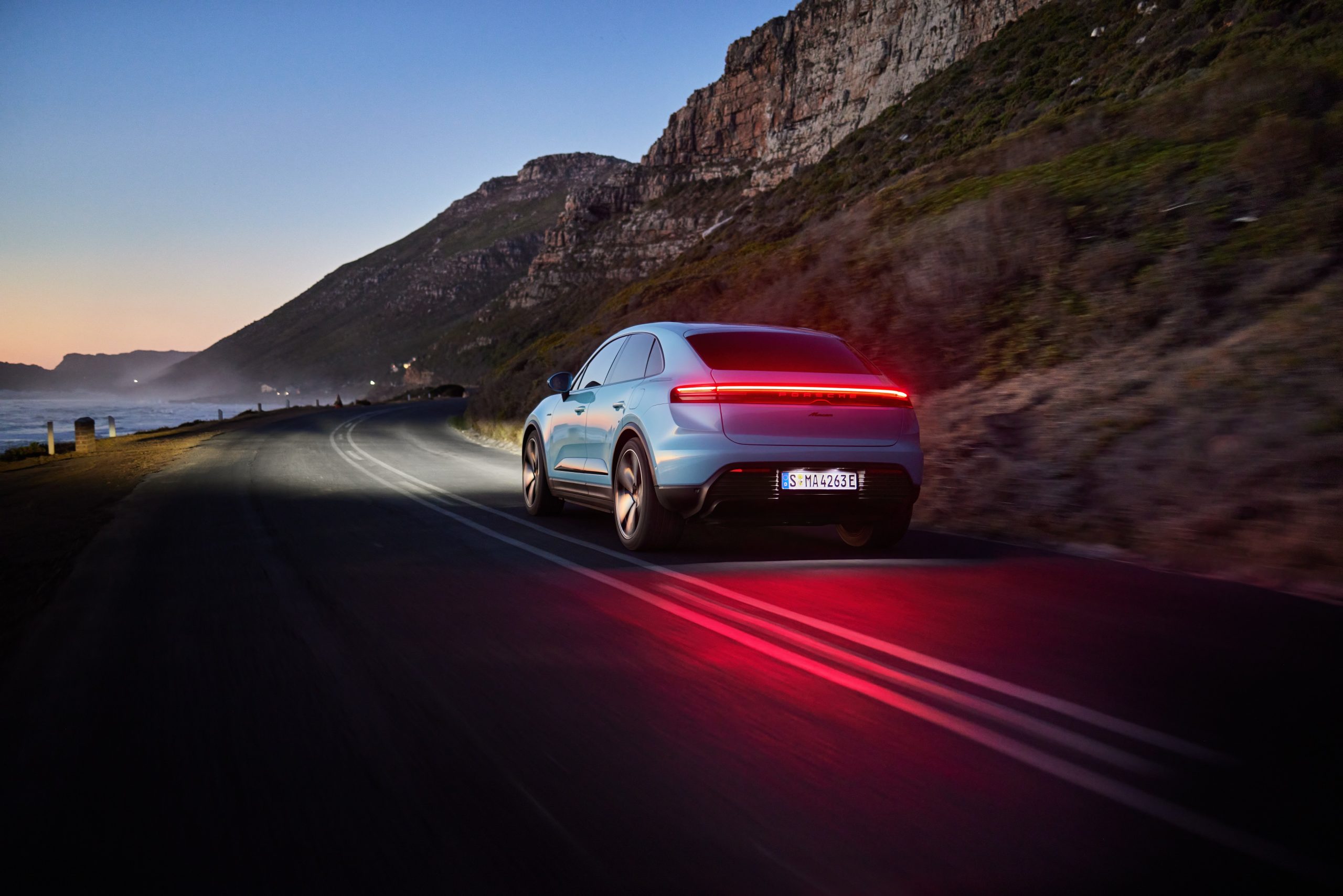







It’s very sad to read this about the once great marque Jaguar. I hope I’m wrong but the future doesn’t look good.
It is tough for Jaguar, not a person working there can recall a time when faster and sleeker was not the mantra. But no longer. So what direction do they go in if speed has been exhausted? Sorry Jag your brand is tarnished.
I won’t name names to shame them but it’s that fashion lead design head once only responsible for Land Rover now in leading this nonsense at Jaguar.
He took the “ruggedness” out of the Land Rover Brand so that the D5 and new Defender look better suited to the streets of Kensington than the Kalahari. Now he flippantly directs the “grace” of the sleek swift Jag brand to the fluffy flippant frangipani arcade of inevitable extinction.
No wonder they’re in trouble with the advert just released. A clear sign management has lost it. Or did they never have it
Regards Keith
E type and XK140 owner
Jaguars don’t have nine lives!
(Even the graphic looks like a dead cat)
Lets get to the point. Its the arrogant, patronising woke mind virus brigade, simple as that. “I know best, if you don’t like it you’re a stupid biggot’ that’s the mind set behind all these flops and even then it will be someone else’s fault.
Surely a major factor in the downfall of Jaguar and probably a few other ‘British’ brands is more down to the insistence of our various misguided governments to force manufacturers to stop producing vehicles people actually want and make them produce vehicles people don’t want…
Jaguar cars were always quite distinctive in their looks, and could at once be identified as a Jaguar. Sadly, they deviated from this until they looked the same as most other saloons and SUVs’.
They lost their appeal because of this, and the design team were ill – advised to follow the market trend.
My 2005 S Type 2.9 Tdi, is, for me, the last true Jaguar car, albeit not built to the same high standard once expected from Jaguar.
They lost their way and sadly never recovered!
I’m appalled at the current random ad campaign, awful rebanding, decision to stop sales and scrap good models. Any I’m a Jag man -I love Jags. God knows what the buying public must think of it all.
“The big roll of the dice, put in place by Thierry Bolloré in 2021, is to reposition Jaguar as a maker of all-electric luxury cars, using a new platform called JEA (Jaguar Electric Architecture)”
Translation: Jaguar are going to transition from being a motorcar manufacturer to a manufacturer of expensive white goods.
I have seen the latest advertisement from Jaguar, I have ready many comments both in the press and on line. Having been an owner and fan of the marque for many years I believe Jaguar is now finished as a brand. The new look is at odds with all this classic British brand has stood for since the war. The weird woke fantasy element has rubbished Jaguar’s heritage and have alienated many thousands of potential customers. Even the naive decision to go only electric when the market, manufacturers and most importantly customers are now waking to the fact that petrol and diesel are more economical reliable and have far greater range. Battery technology will never compete with IC engines, and the lie of engine emissions is purely a political scam designed to make those undiscerning enough purchase heavy, complex and far more costly means of transport propulsion. If it isn’t broken, don’t try and fix it.
The mistake, if any, was to keep Jaguar with Land Rover, whose designs have been so dominant that Jag was automatically doomed: a sedan brand in an SUV world. Sadly, the new kiddy logo stinks already.
Pretty sad deleting my fair comment about it being woke. Looks like Hagerty think the same thing as Jag. Oh won’t be renewing with you then.
Woke, joke, broke! So, if Jaguar want to go for an imaginary luxury EV market that doesn’t even exist, they’ll very soon be closing down plants like other manufacturers who have invested heavily in EV technology, due to government policies and its most likely to be in the UK first! In James Mills article above he mentions Jaguar’s first six cars that literally changed the world from a motoring perspective! It’s a shame history won’t be repeated. And has James has also eluded to, the later cars have all suffered reliability issues? Jaguar are one of ‘the’ most expensive cars to run and maintain! Land Rover are just behind? It’s a sad time for the UK motoring industry, note that I didn’t say British, because it’s Indian! But soon there won’t be ‘any’ manufacturing or industry left in the UK?
I give Jaguar as a brand 2 years at most unless there is a major change in senior management to people who understand cars and customers. The ad is weird and anyone who runs a campaign before the product is avavilable is mad. My father had new XK140’s and XK150’s in the 1950s and he always used to have the mudguard trims chromed before even taking the car. If only the foot vents could have been extracted he would have done these as well. As with most cars of this era any metal edge always rusted.The engines were good for 2 years or 40k before the bottom end started to rumble. Despite all this he liked the cars as I did and it, they were extremely good looking, comfortable and for the length of time we kept them, reliable. It was only when the modern Mercede came in the late 1950’s that we changed and never returned. MB just never seemed to go wrong.
This new ad speaks to a trend that will further destroy a once honored, respected and even loved brand. Even with the many mechanical and electric issues they suffered over the life of jags, the brand endured because of the great lineage and style. This new ad is a shame and does nothing to attract sophisticated, professional, and business or family buyers.
Mike Hawthorn would not approve
I almost fell out of my wheel chair when the latest Jag Ad flashed across my screen What a sad ending, probably, to the lasting endeavours of those three giants of the automotive industry, the three Williams, Lyons, Heynes & Walmsley. My motoring began in the comfort of a 1953 2/1/2 ltr Riley RMF saloon. It was very comfortable and quite quick, but not enough for a young man about town and in 1964 I acquired a 1954 XK 120 DHC. Two previous owners, the father and son of a main Jaguar dealer, It provided all I wanted in a car. A bonus came in the form of my current wife, still with me 54 yrs later, attracted away from Healey 3000, Triumph TR2 and other such suitors. It certainly wasn’t my looks! Perfect in every way. Disposing of the Riley was a bit of a wrench but the Jag’s £90 asking price strained my wallet at the time. (A 1953 Morgan +4 cost my brother £50 at the same time and it’s still in my garage. Oh happy days!). A lot of care and attention kept it on the road into the late ’70s before it was put aside for more extensive care and attention. After a short time with other makes I got my hands on a 3.4 MK II. It looked very like Morse’s car but in much better condition that the TV car turned out to be. A few other cars filled the gap, mostly provided by my employer so why not? My last entry into Jaguar land was a very nice X-Type 2.1ltr V6 petrol spotted by my wife on a nearby neighbours drive with a for sale note on it. Temporarily carless, I popped in and within a few days found myself the new owner of said car. I know it was the poor relation of the range but it was a very comfortable, long range cruiser with good handling and the ooomph on hand when required. It certainly kept the Jaguar flag flying. Watching that execrable nonsense on my TV screen left me with a great feeling of sadness that young men such as I will, in the near future, be unable to scour the second hand/preowned pages and pick up for not a lot of money, examples of this once great marque. Sorry, I’ll have to stop, nurse has just popped in!
There is a saying becoming more and more prevalent in the world tday – “Go Woke, Go Broke”
Sadly I fear Jaguar are going to.learn this the hard way and its unlikely tbey will survive the learning. Jaguar were famed for sleek, fast, cars. Their layest offerings are bloated SUV’s with serious reliability issues. Had they stayed true to their DNA and produced cars – fast cars – with petrol/diesel hybrid power trains and kept their heritage ID they probably would have survived. Now – they’ve sacrificed all they were.
Will JLR end up selling the marque to the Chinese, like MG? I’ll bet it’s an option they’re looking at, sad to say.
The ad is inexplicable, but maybe the sole intention was to ensure the brand remains talked about whilst in hibernation. In which case job done. There seems to be a divergence of comment from those who might actually know in what the car itself will be like. The Road Rat reckon they have seen it and all will be well. For those of us who love the brand, and what it represents to the UK, let’s hope that is true. A genuinely World class super saloon will erase memories of dodgy ads. Even if that is delivered tho, and few sectors require investment like that does, when you look at how the Taycans and E-trons are being hit by depreciation you would have to worry for Jaguar, whose saloons and coupes recently have led the charge on that issue. Getting the iPace right might have been a simpler mission.
Hey, come on everyone. What is a car company like JLR to do when confronted by the zealot Miliband who has dictated no more ICE car sales in the UK after 2030? The ICE car is finished only never ready battery ones will be allowed. So pay attention at the back. To have any chance of surviving means new ideas and new but working technology. Us oldens can nurse our stick shifts and great exhaust sounds, and I am one of those, but the future is change. At 81 myself all of this won`t bother me as I snuggle into my MGTF 160 and go for a blast with my son in law following behind in his XKE. All car makers are having to address this challenge of change as they move towards their solution of huge lumps of Euro tin. What Jaguar have in stall for us we must wait and see but at least they are reaching out to a new horizon just like so many other times in their history. Keep the trad badge though and sack the zealot.
I do hope this Ad’ campaign is to get folks talking as I don’t think it will get them buying.
Jaguar lost their way by not fitting diesel engines a lot earlier and not bringing out an estate till the x type.Now they are acting like lemmings!All electric,somebody needs to pull that plug..I love jags,worked for them,drive a xf diesel estate.May St.Christopher go with them.
My prediction is that the new jaguar launch will be the first purpose build autonomous self driving cars. Self driving first. Completely changing the interior arch of the car. This will make them the first to do this. This is supported by the whole 2018 waymo to today self driving tests. On 20000 cars. That coupled with the 2026 new self driving laws in the U.K. you can see it on the governments website too. They already make evs so no need to shut and change. I’m certain that this will be the world’s first self driving first car.
The X350-series with their aluminium body and reliable US-Ford technology seem to be the last great Jaguar sedans. Audi,Mercedes,BMW prove that there is still a public interest in elegant, affordable, reliable sedans. Build what people want and forget PR- and Marketing guru’s
Addendum to my first comment – change “expensive white goods” to “expensive pink goods”
“The big roll of the dice, put in place by Thierry Bolloré in 2021, is to reposition Jaguar as a maker of all-electric luxury cars, using a new platform called JEA (Jaguar Electric Architecture)”
Translation: Jaguar are going to transition from being a motorcar manufacturer to a manufacturer of expensive pink goods.